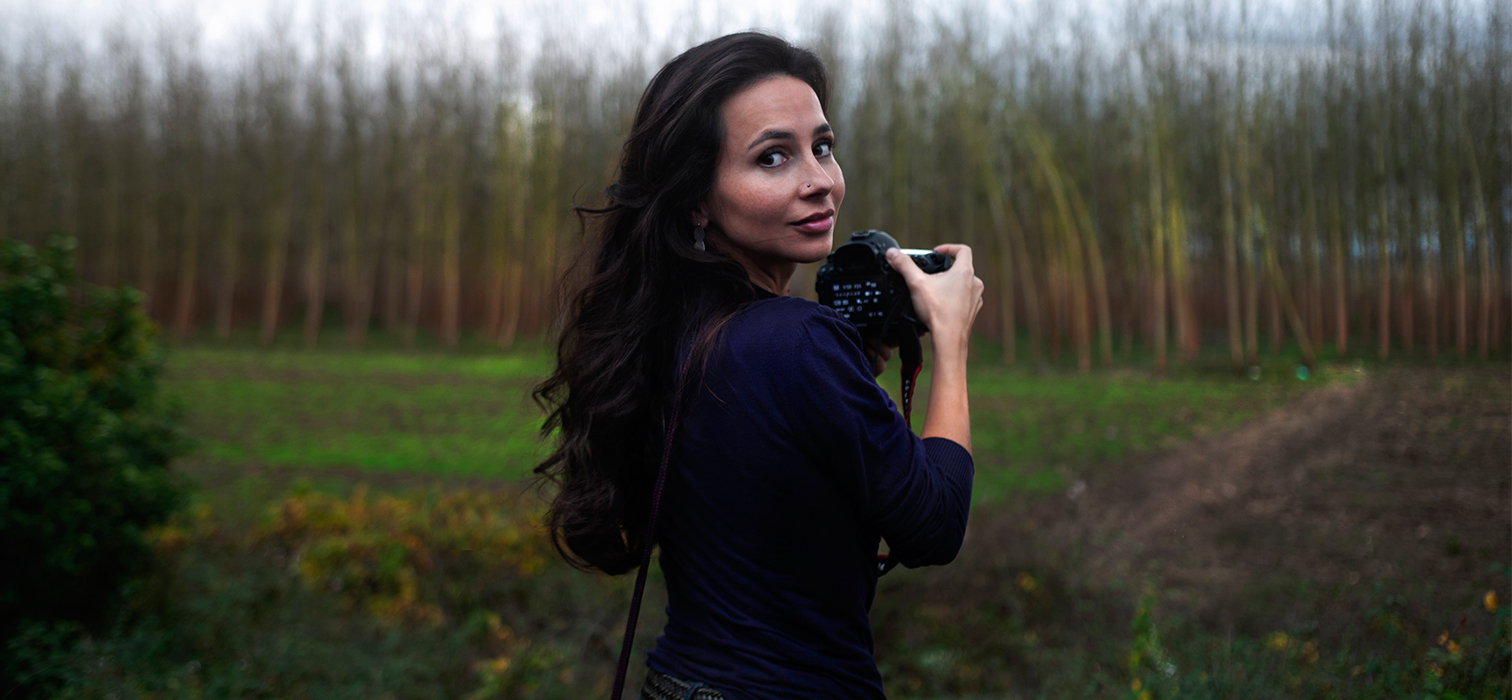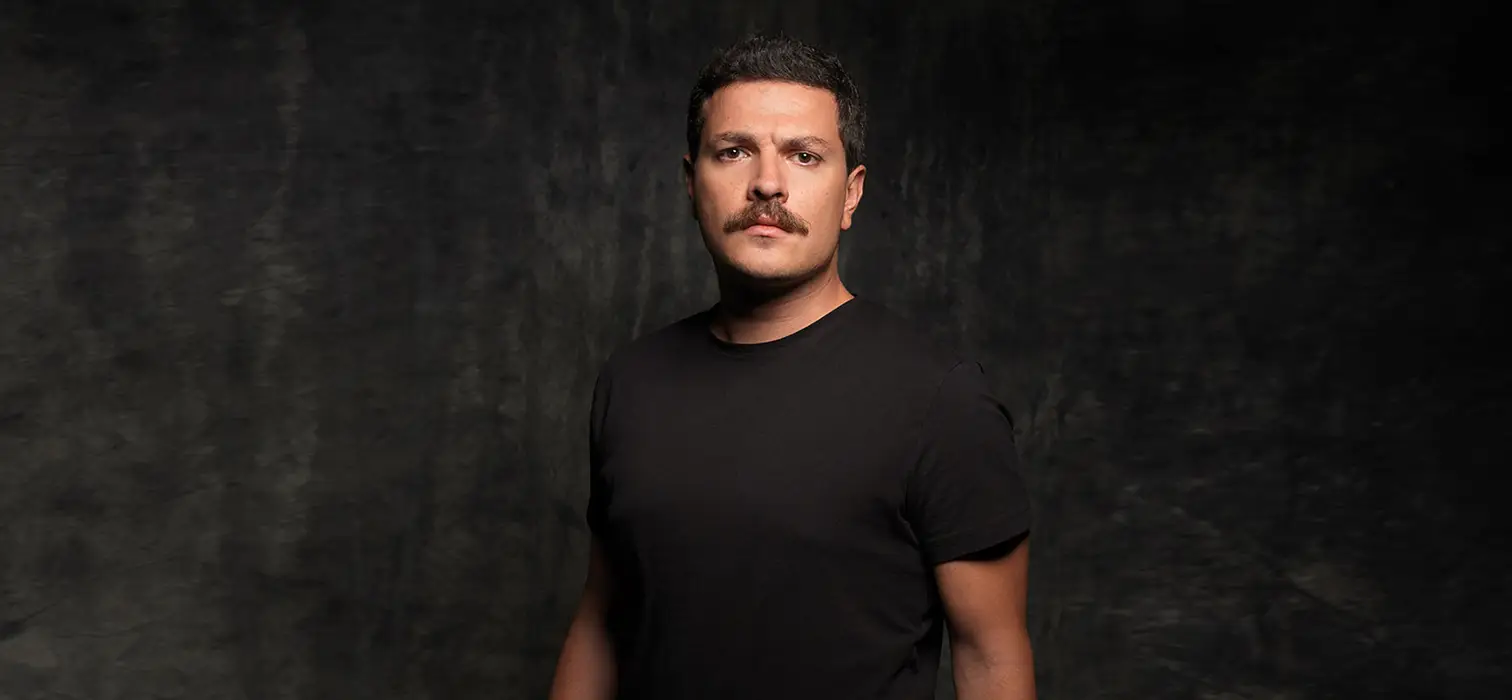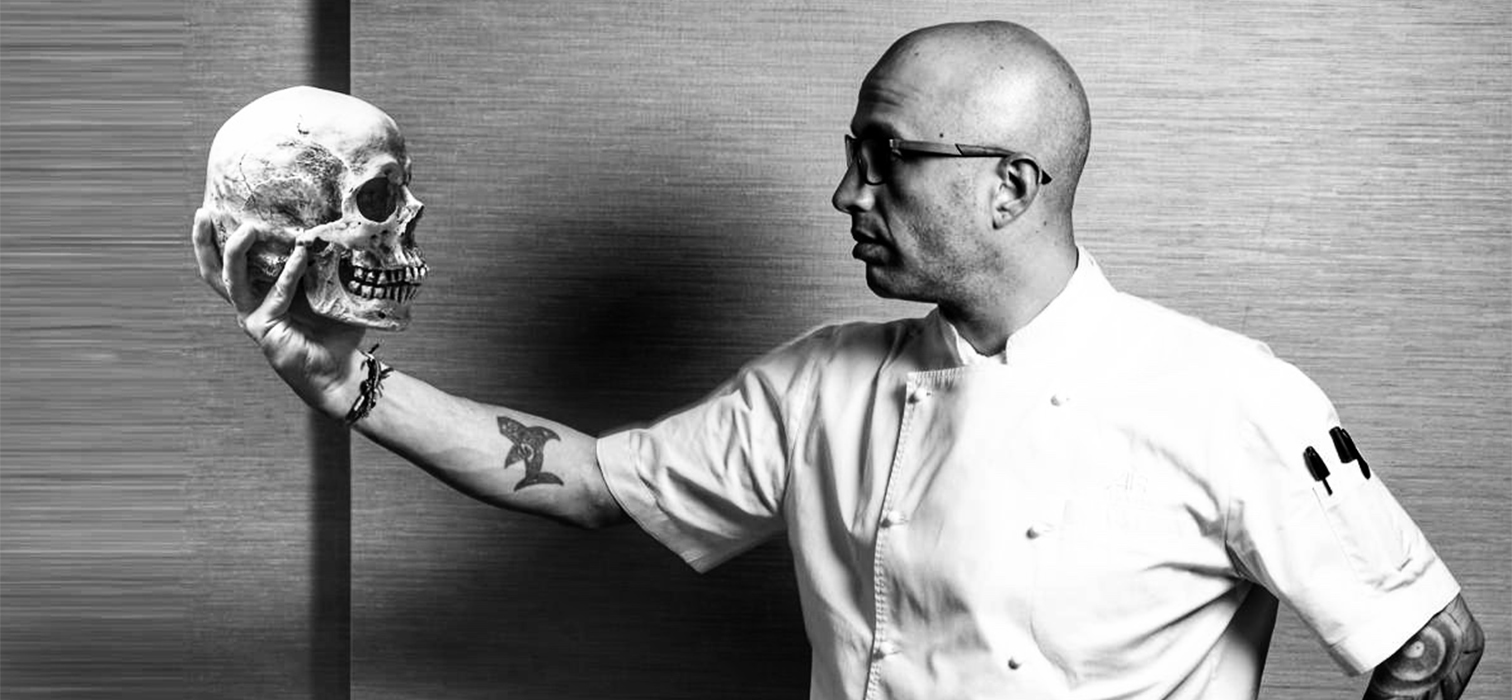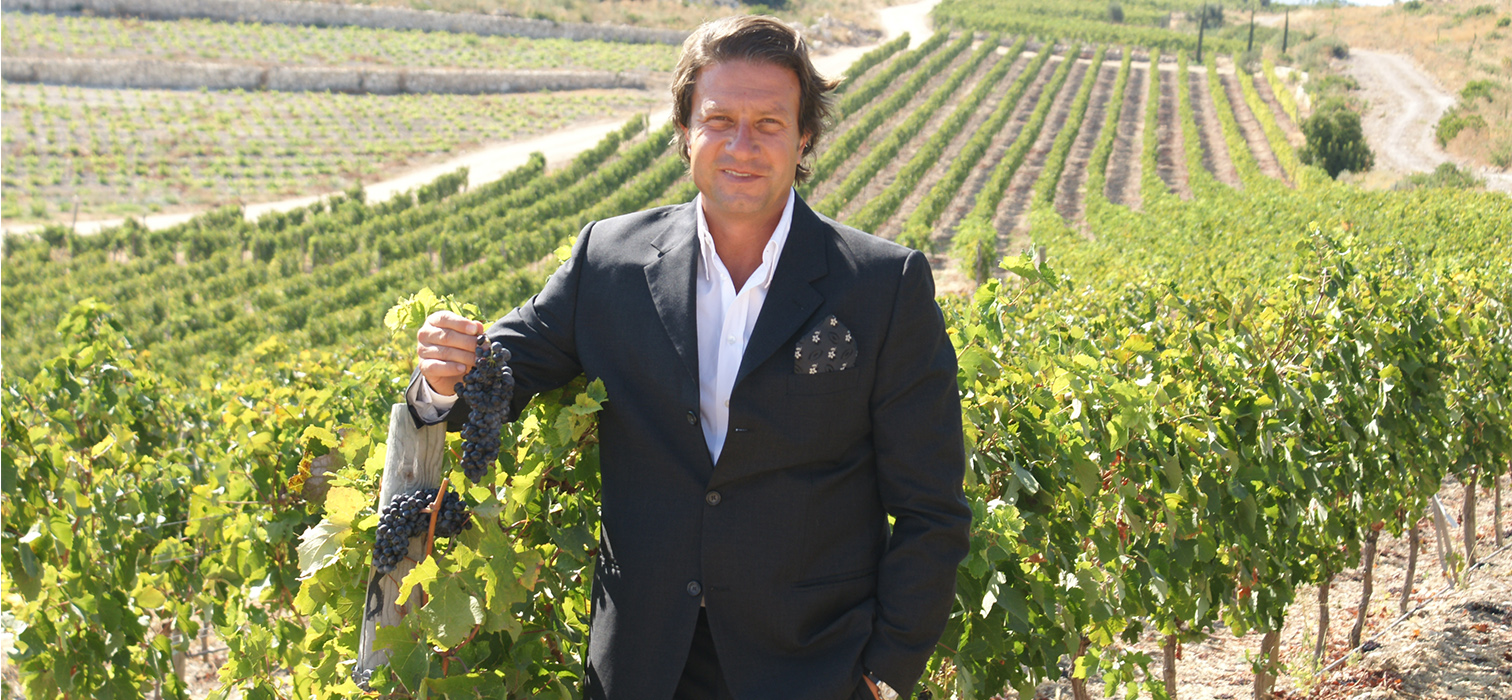

From the earth’s highest peak to its deepest archive, Mediha Didem Türemen leaves an indelible mark on the world with her artistic creations.
Whether at Vienna’s Albertina Museum with her engravings, on the Cannes Film Festival’s red carpet for her production of “About Dry Grasses,” in the Arctic World Archive preserving global memory with her documentary, or on the vast slopes of Everest—Mediha Didem Türemen’s work spans diverse geographies and disciplines. Recently celebrated with an award at the Peru Biennial, her relentless drive to create continues to inspire.

Let’s start with your Peru Biennial award. Congratulations! This is just one of your many international accolades. What does such recognition mean to you?
Thank you. It often prompts me to ask what the next step might be, sometimes revealing new turns in my journey. Each turn might bring challenges or opportunities, but either way, it leads to new ideas and emotions. The key is to balance the importance of awards—neither clinging to them nor dismissing them—and to enjoy the moment, celebrate it, and then move forward.
The fact that an award, a compliment, or a piece of feedback comes from a completely different culture, from miles away, allows me to see how my work resonates. Sometimes, it even helps me rediscover my own ideas. When I’m there in person—like at award ceremonies in Peru or Florence—it becomes a journey of discovery with an unexpected ending.

You’ve produced work across various fields throughout your artistic journey. From your behind-the-camera success in cinema to your appearances as an actor, not to mention your achievements in engraving, it’s impressive to excel in such diverse areas. Where does this ability to juggle it all come from?
Perhaps it’s a classic answer, but I’ve been drawn to different fields since childhood. Being an only child, I often found myself delving into creative pursuits. While this may seem like a positive trait now, I faced criticism for it early on and had to fight to ignore it. Each field I work in feeds and intersects with the others, or I find ways to make them intersect. Behind it all, there’s a desire for independence by doing what I love, driven by curiosity and the urge to explore.

How many hours do you live in a day?
I often feel like one day isn’t enough, and I wish there were another version of me to handle everything. Not every part of a job is enjoyable—some tasks are tedious, and the good parts can get lost in the process, especially when dealing with patience-testing details. I’m someone who prefers to sleep less, especially when in a new place. I aim to start my day before sunrise, trying to squeeze as many hours as possible into each day.

You are the first Turkish artist to be included in the Arctic World Archive. This seems like an achievement that should have garnered more attention for Turkish cultural heritage. What does it mean to you to be part of this archive?
The Arctic World Archive, located on the Svalbard Islands in Norway, is an unhackable data vault designed to preserve data for 500 to 2000 years using natural permafrost conditions. It’s stored 300 meters underground in a decommissioned mine, utilizing photo-sensitive 35mm film that resists electromagnetic radiation and cyber-attacks. While researching themes like drawing inspiration from the past, reproducing and interpreting in the present, and preserving for the future in art, I discovered this archive. It felt like a natural fit for these themes. The induction process, which includes a ceremony, was deeply inspiring and will continue to unfold in new stages. Preserving humanity’s memory in this polar region vault, near the Global Seed Repository, serves as both a warning and a call—a reminder of the potential disasters facing our planet and the importance of safeguarding our heritage.
“Preserving humanity’s memory in this polar region vault, serves as both a warning and a call—a reminder of the potential disasters facing our planet and the importance of safeguarding our heritage.…”

How do you think leaving notes for the future nourishes our present existence? Or what is the handicap of always thinking ahead?
Everyone leaves their mark in one way or another—whether through popular culture or the rare and unique. In art, I’m drawn to exploring the marks that have influenced me, often found in places I call “temples of the muses,” where someone curates and preserves artifacts for the future. These “temples,” or museums, allow us to experience a convergence of past and present, inspiring us in ways we might not expect. This process creates a fascinating journey where the legacy of someone from centuries ago becomes a source of inspiration today.
In art, this connection between past and present often leads to the creation of something entirely new. While it’s thrilling to think ahead, it’s not always possible to do so continuously. For me, moving forward often involves rebuilding the past in the present moment, blending past inspiration with current experience to forge a path forward.
If you could leave a single note to a single person… To whom and what kind of note would it be?
During the 2023 ceremony at the Arctic World Archive, when Turkey contributed its legacy, I read a letter addressed to the “future being.” In that letter, I shared many thoughts, and looking back, I would probably revise and add more to it today. Choosing a single person or a single note feels limiting because my reflections often evolve, and the context for such a message would change with time. Thus, the idea of selecting just one seems both challenging and insufficient.

I always think that climbing Everest has other representations in people’s lives. What does it correspond to in your life?
Climbing Everest corresponds to many things that I haven’t fully been able to express yet. Before, it was tied to a mixture of fear and curiosity, but now, it represents a new page. It’s hard to articulate the significance of the “before and after,” but what I can say is that the experience left me with positive emotions and inspiration.

You wrote an article for Oksijen newpaper about this climb. Here you describe the power of nature and the process very clearly. However, in daily life, our focus is mostly on the result. At work, in relationships… Did your view of “world affairs” or your daily life change after such an experience?
I can definitely say that my perceptions have broadened. If I had gone through such a challenging process in the city, I think my feelings would have been different. However, in the mountains, every step had its own purpose. At times when I wanted to give up, a bee would appear from behind an unexpected rock, almost as if signaling me to keep going. These moments, which may have been overlooked in the chaos of daily life, became deeply meaningful in the simplicity of the mountains. There, I felt a sense of security, a surrender to the experience. After returning to the city, I realized that I see many things differently now—my perspective on both the world and my day-to-day life has shifted.

“…there (on Mount Everest) I realized that every step had a reason, that when I tried to give up, a bee would appear (and every time!) from behind an unexpected rock, raising its voice, or I made sense of what was happening…”
I believe that every work you do or every project you undertake is the result of great efforts. Are you ambitious, or how would you describe your determination?
It’s true that there’s a lot of effort behind each of my projects. When I believe in a concept, I dedicate myself fully to making it the best it can be. I think my perseverance comes from working in fields that I’m passionate about—perhaps that’s just the nature of the work itself. These processes require patience, and as for ambition, I see it as the drive to turn dreams into reality in the most fulfilling and sustainable way possible.

And finally, of course, what’s next? Are there any projects you’re working on?
There are always ongoing projects, and I do have plans. But I tend to keep things to myself until they’ve fully taken shape.



